|
For 4 months now, from August 23rd to December 17th, I have been telling stories to my 4th grade beginners every class (3x a week in a regular week). In 43 classes I have told 50 stories. Stories from countries such as Germany, the Netherlands, France, the US, Canada, China, Italy, Norway, India and Japan; including funny stories, scary stories, folk tales, fables, legends, sagas and more. And here I am sharing the first 50 stories with you with German and English titles and text source if possible. All 50 can be watched here or on my YouTube channel.
Often times I do not tell the story I had planned the next class and make a change last minute. I wanted to tell "Eine Puppe zu Weihnachten" before Christmas, but then some students said, no more sad stories and I decided to skip this one. So for the last of the 50 I was unsure what I wanted to tell and the inspiration came the day before, when we went to a story teller, who told "Die drei Federn". I adapted it and told it today and here we are 50 stories and 1116 minutes in.
8 Comments
"Just listen and observe. Follow the story, don't focus on every single word. Make sure your ears and eyes are with me. Relax and enjoy." This is my set up to story listening. This powerful method to deliver CI, has been developed and tested out extensively by Beniko Mason. I first saw her demonstrate what she does in Agen, France last summer. I was really intrigued, but also confused about where to start and nervous about being able to make sure it's comprehensible AND enjoyable to my students. And then, I just leaped, searching and prepping stories to my students' level. But before I talk about all the things I like about it, here is a simple description of what it is that I recently posted on Ben Slavic's PLC: The method is rather simple. You simplify a story so that you know your students should be able to understand it. Then you tell the story to the students and as you’re telling it you draw on the board what is happening, some key words and figures. You also add writing so that they can see the words they need. They are written in L2, sometimes in L1 underneath, but then you wipe away L1 to not cause interference.
The student’s’ job is to follow the story as a whole. It is NOT to teach anything to mastery. The goal is to tell the story so the students can understand and follow the major events and details. You can follow this up with reading the story or activities but you don’t have to. As their final project the German Junior Honor Society created their own children's books in German. To get a chance to share them with others, we had a Read-athon with our current 6th graders. The Spanish and French classes joined in as eleven Honor Society students presented their books to about 120 6th graders. The books were on a variety of topics, from the first day in school to a version of the three little pigs. The students read in German and made sure to help the 6th graders understand the German. Below are some captured impressions from our 2-day event.
When I first heard about this documentary I was eager to pledge for it to be able to see it. While I am not a big movie person, I really like watching documentaries and this one, being about the current state of education in the U.S., seemed to be right up my alley. Well, I went to see it with a friend of mine last week and the beginning enthusiasm about this documentary quickly faded.
|
If you like my videos and materials, consider buying me a coffee. :)
Archives
May 2022
Categories
All
|

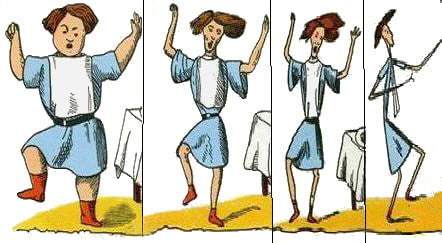
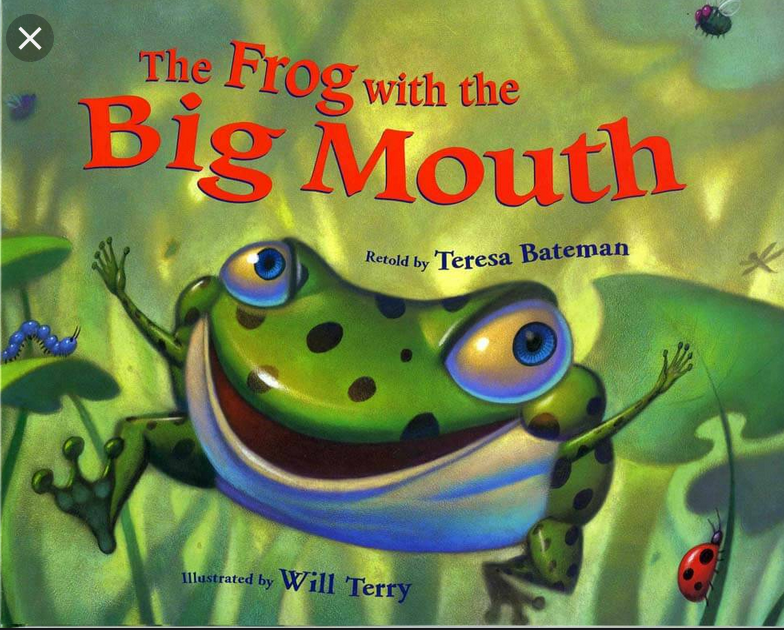
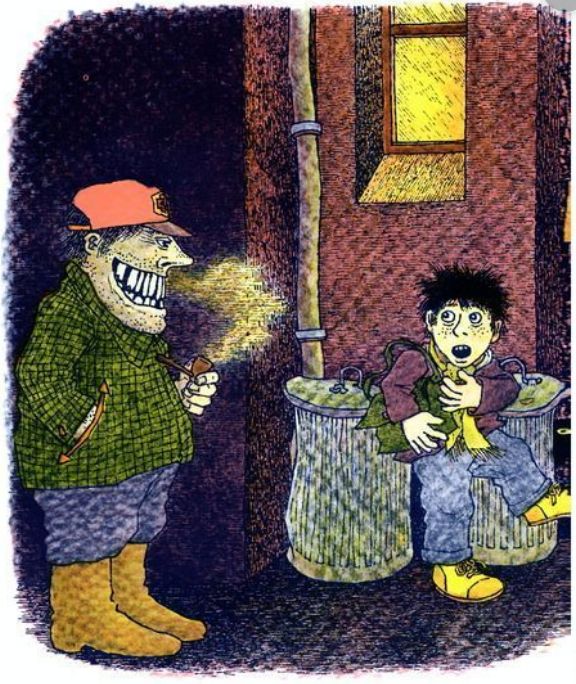
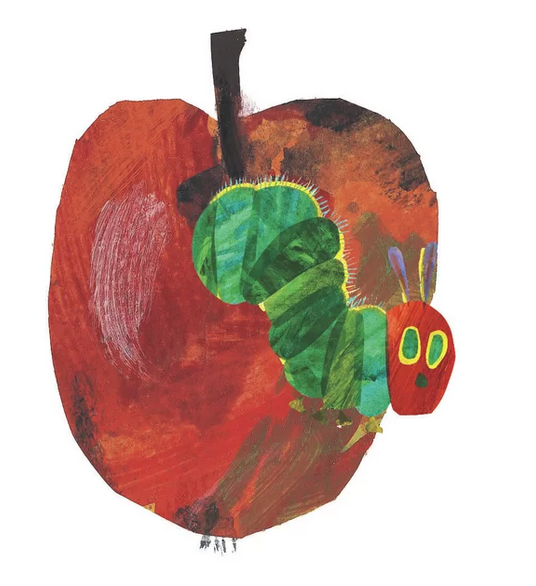
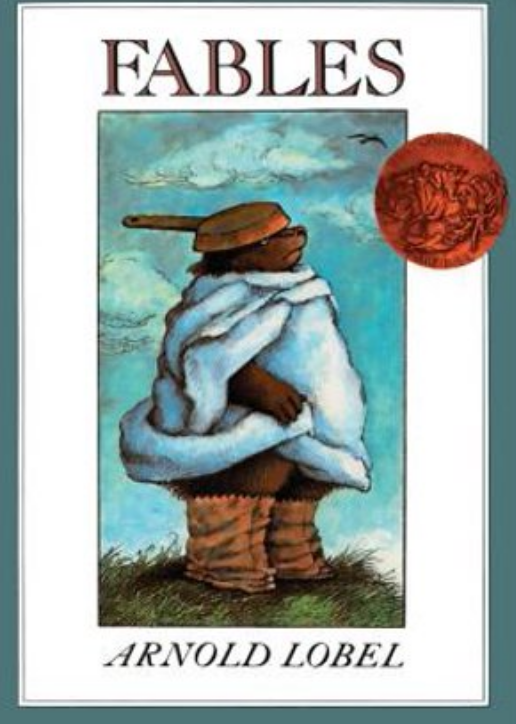


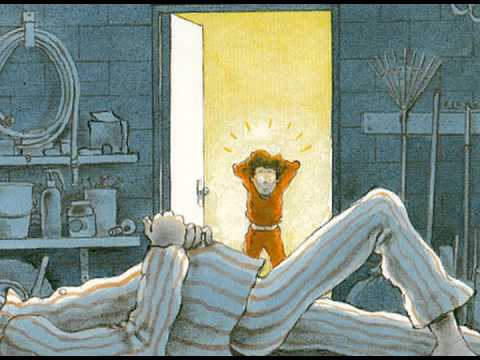
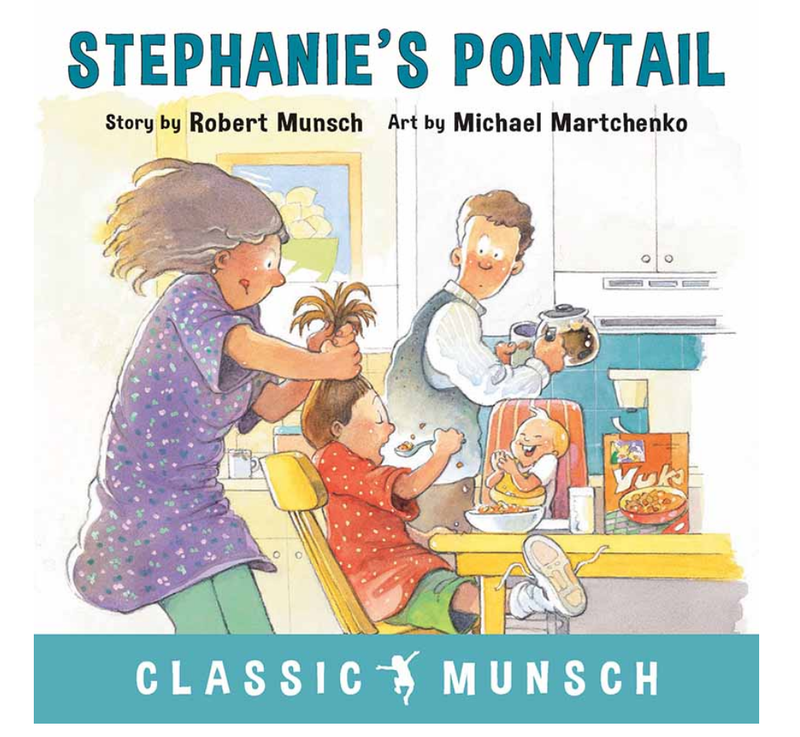
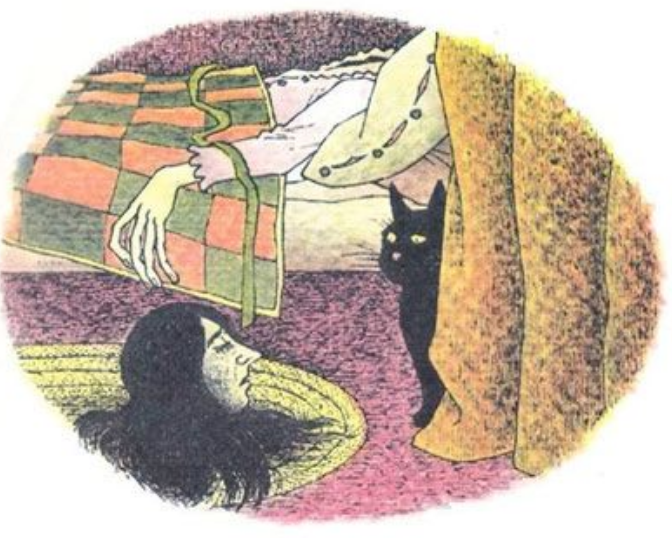
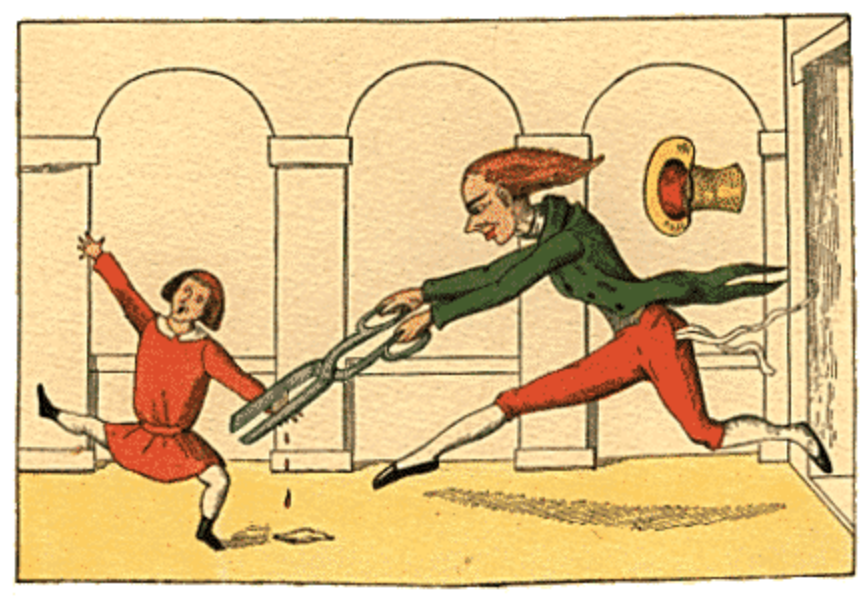

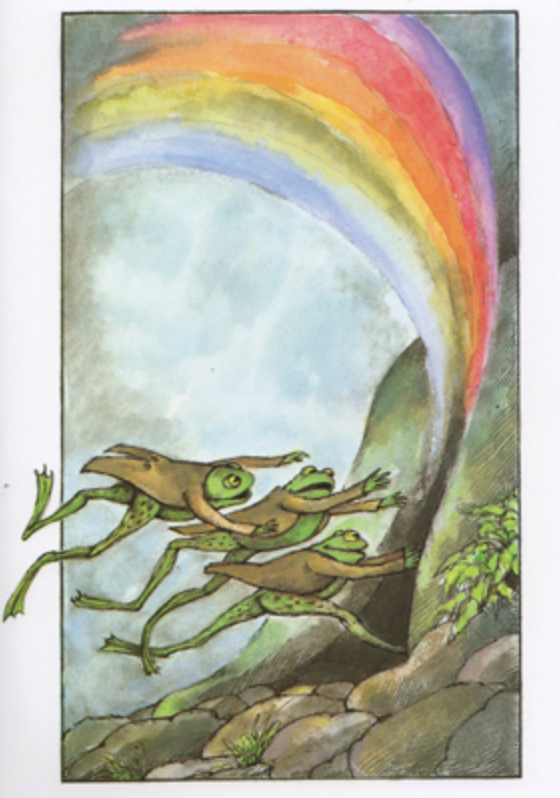
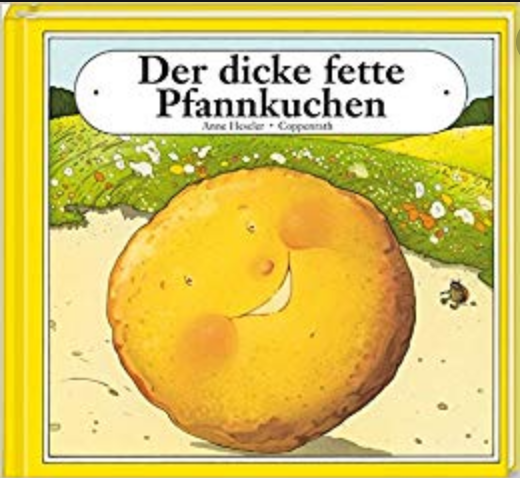
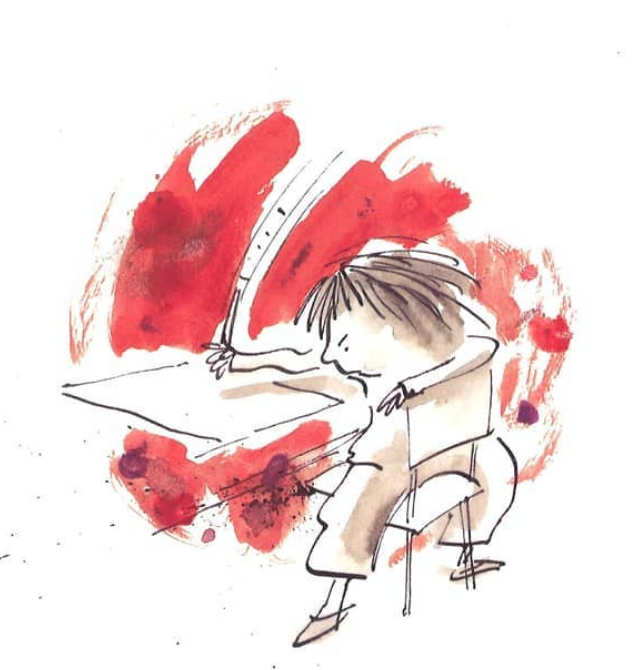
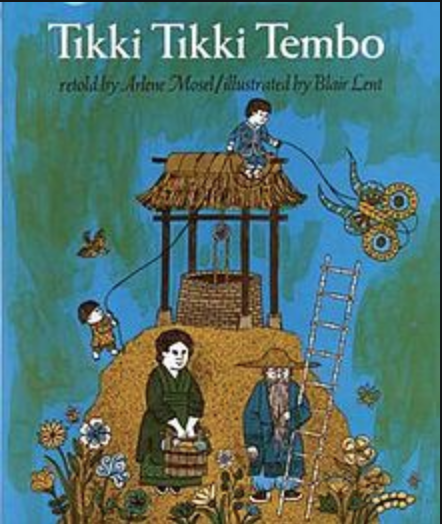
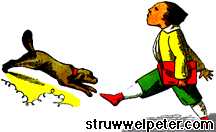
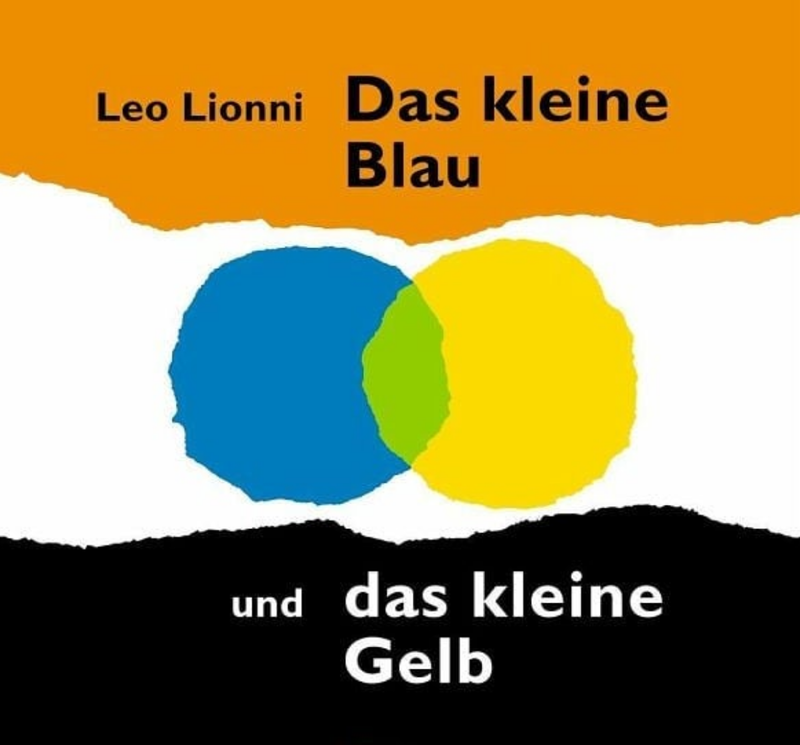
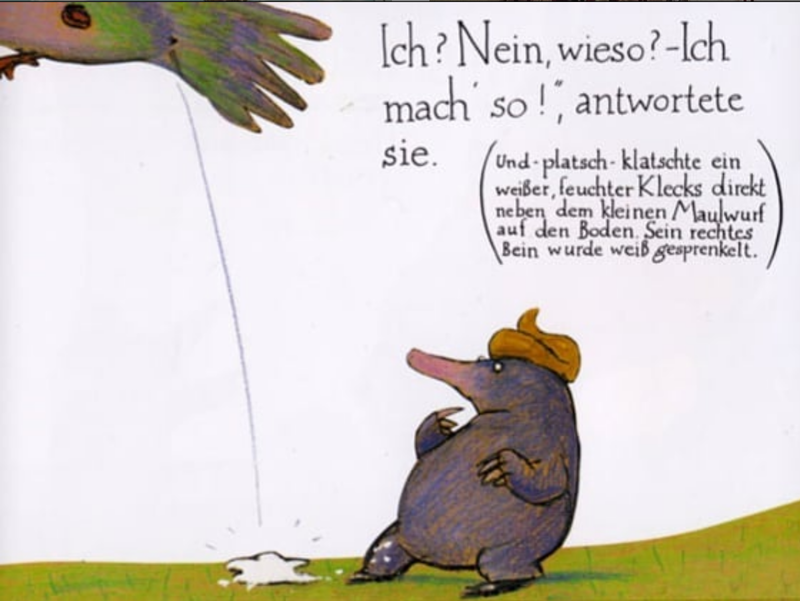
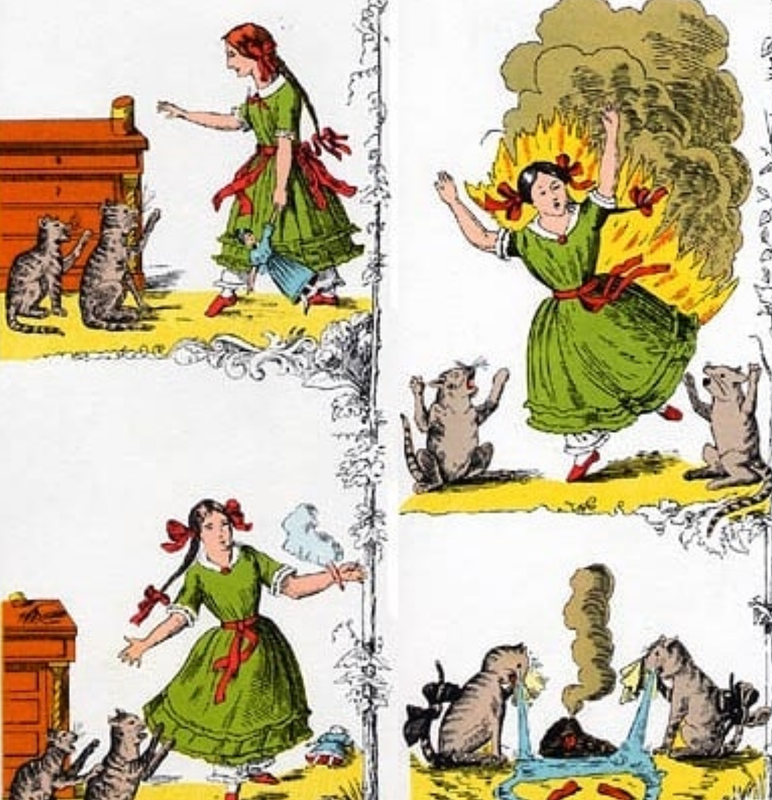

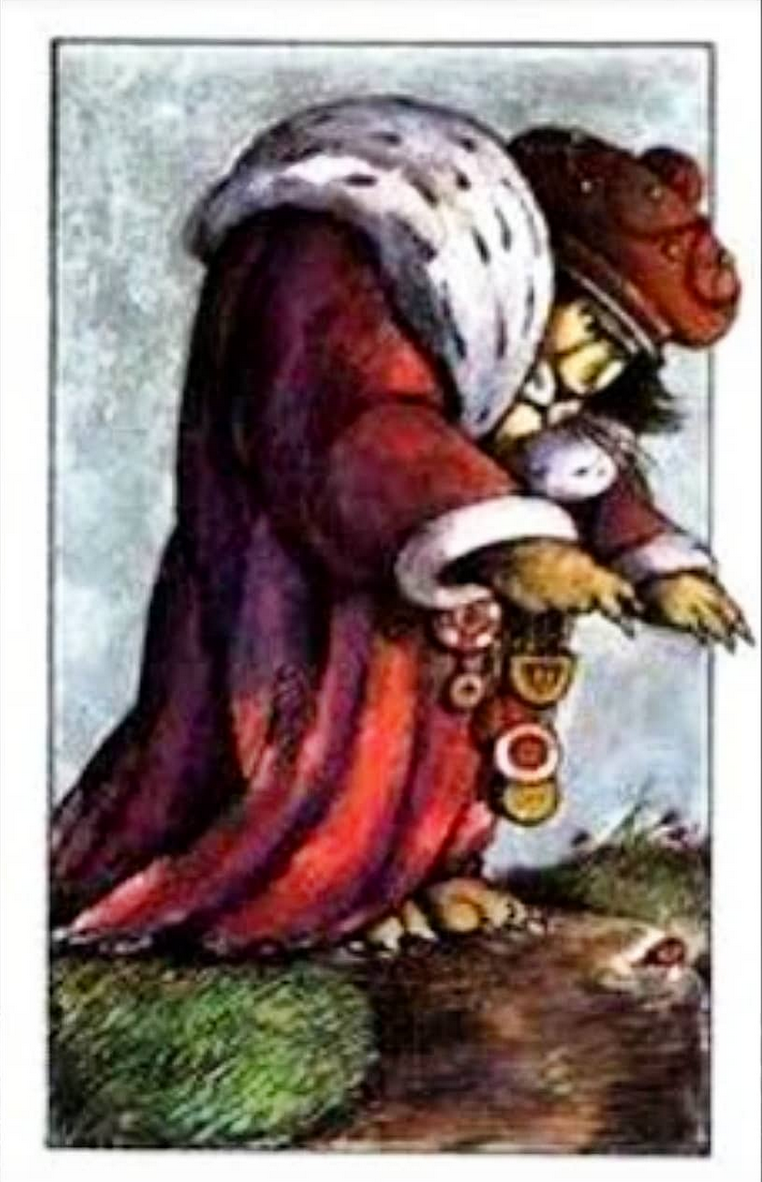
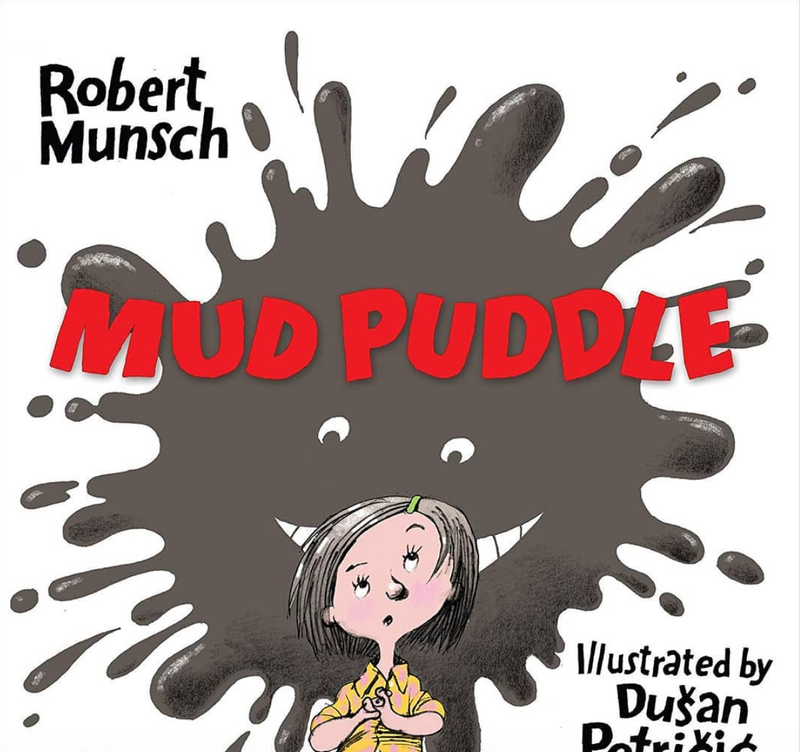
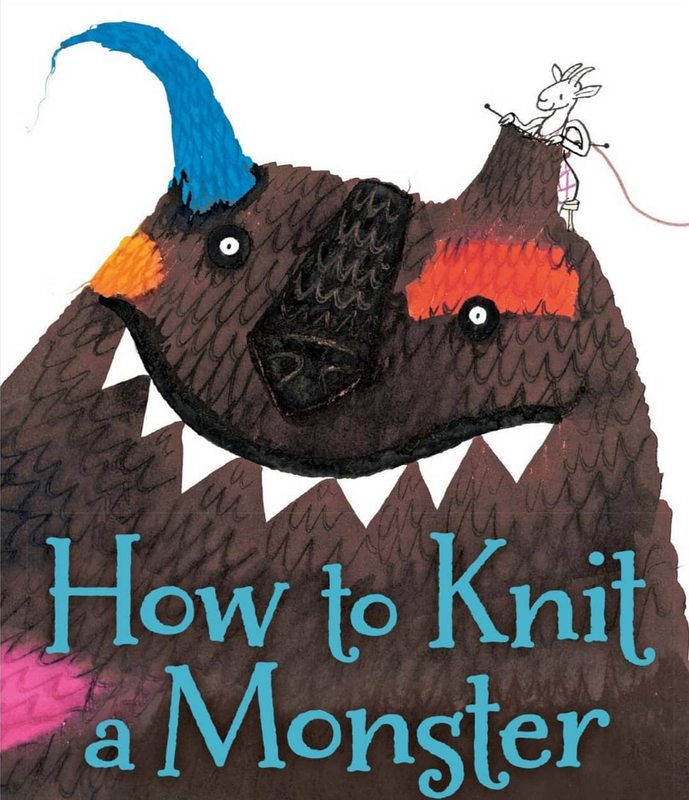
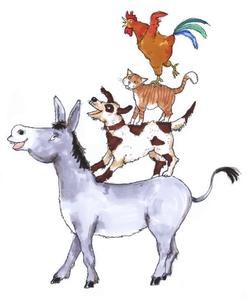
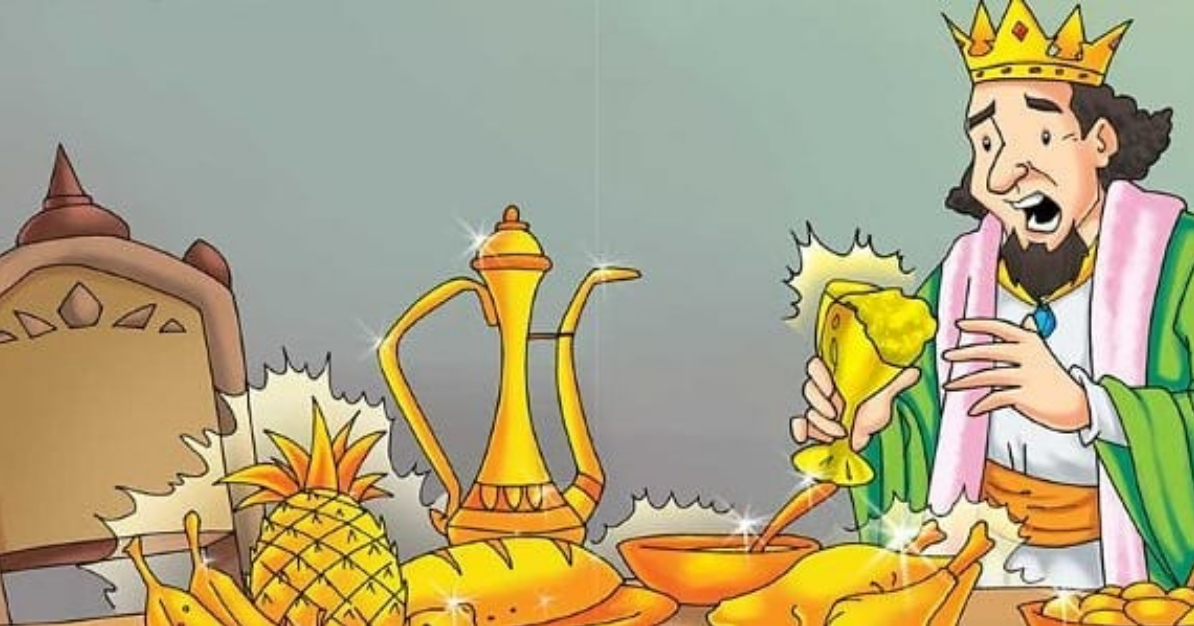
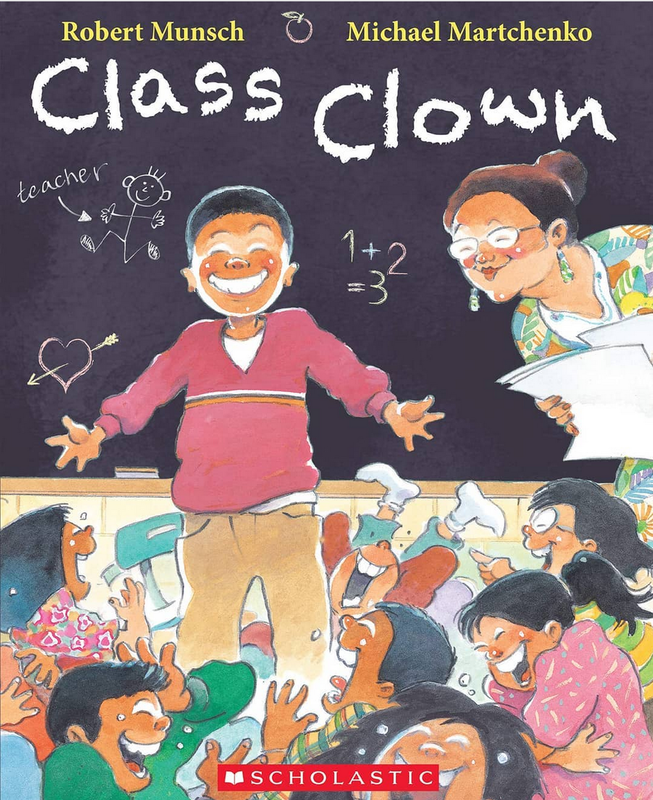
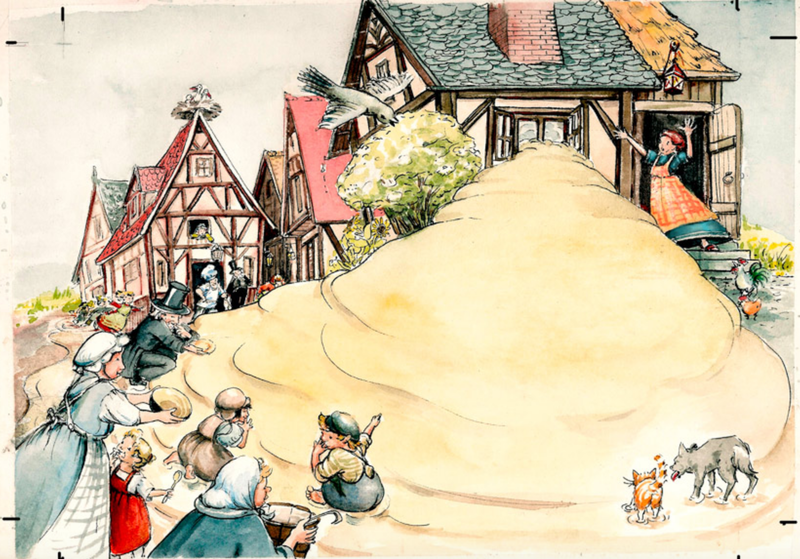
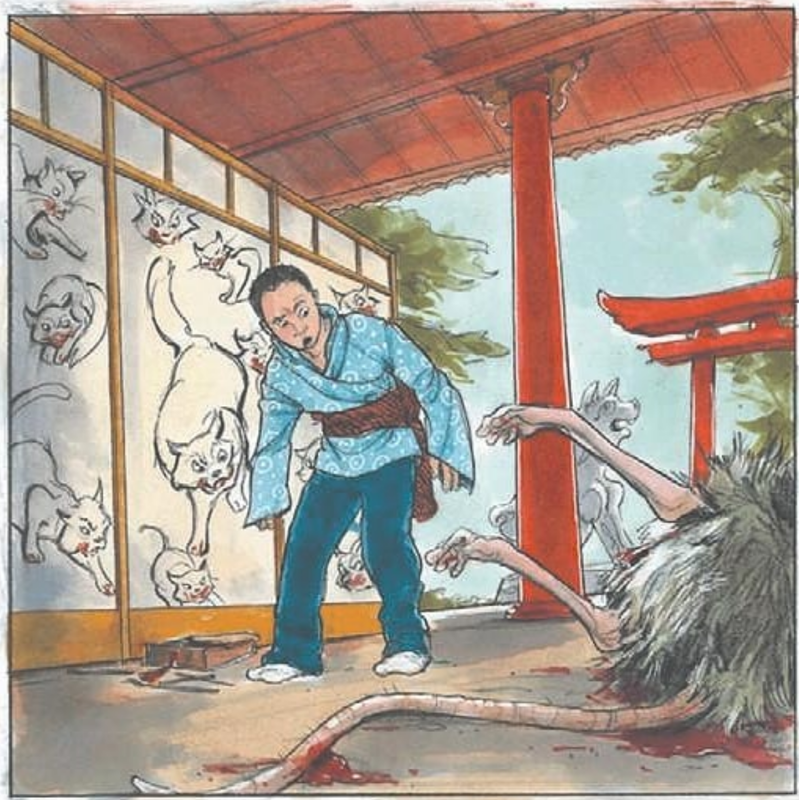

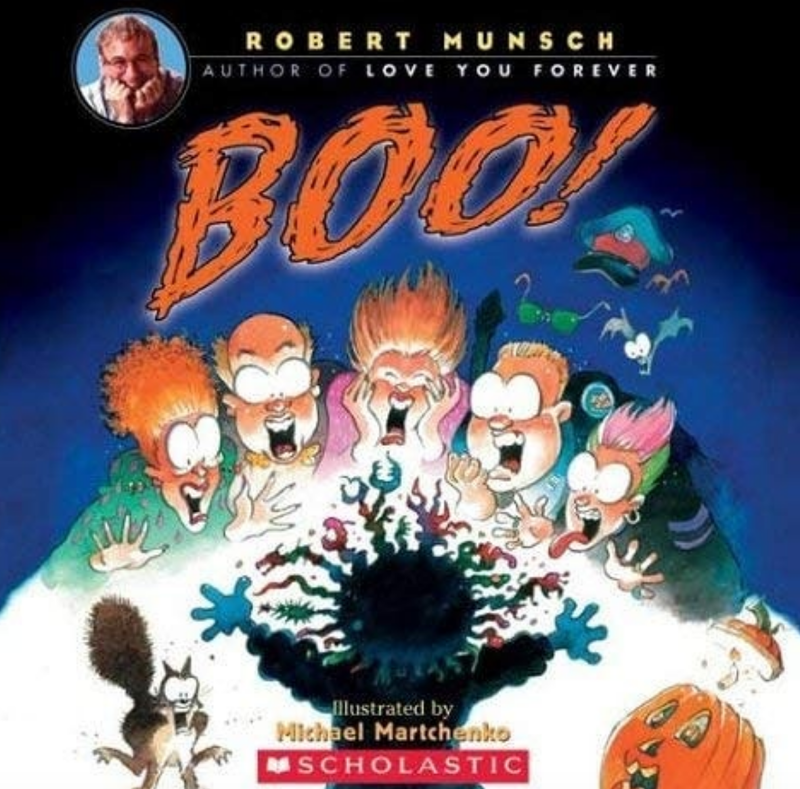
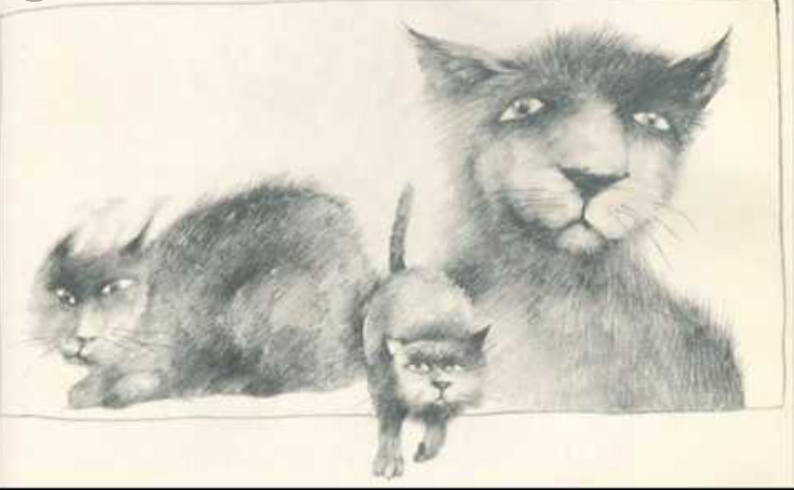

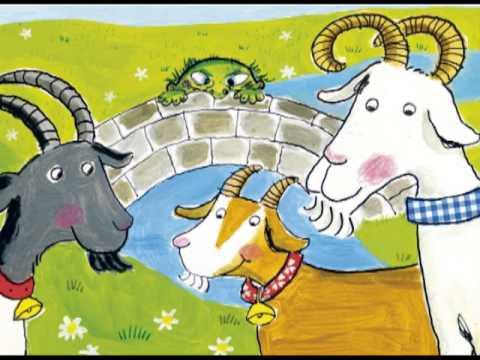

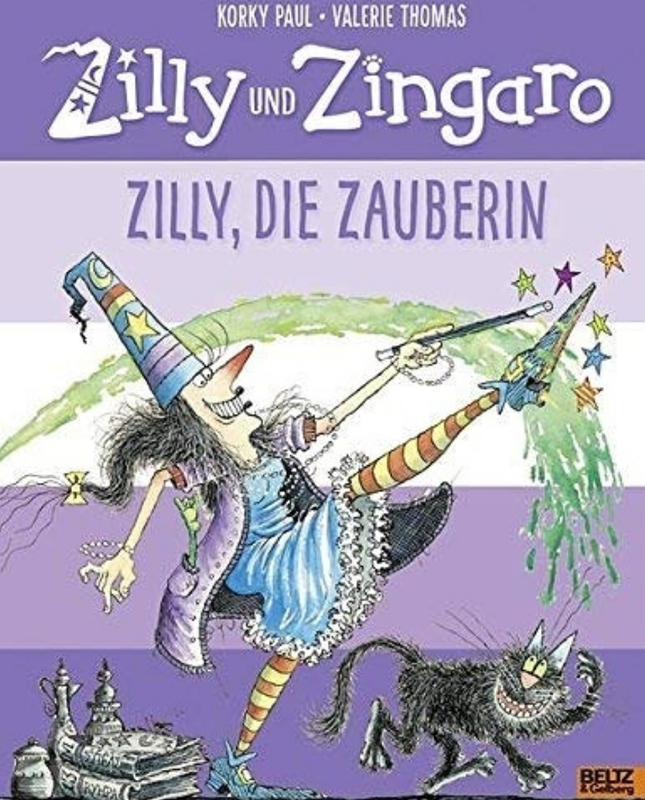

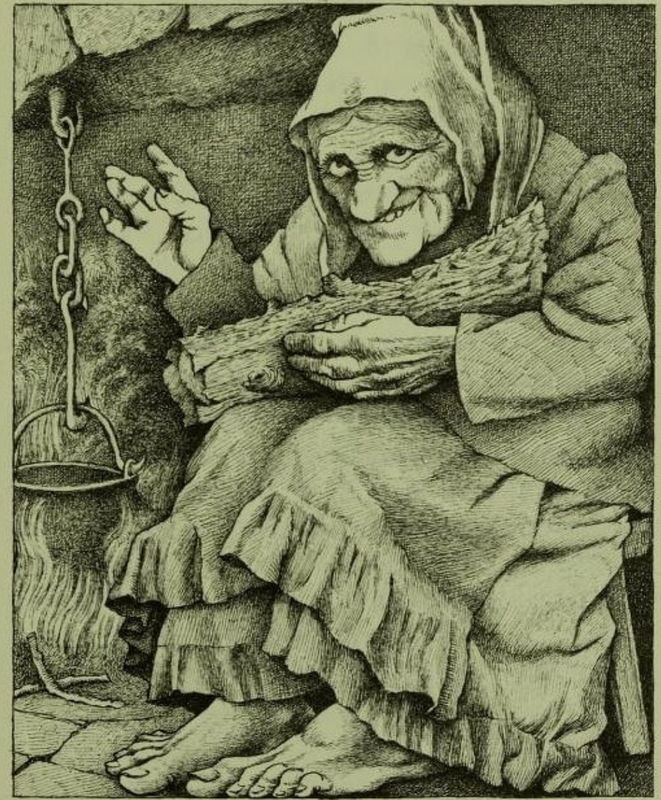
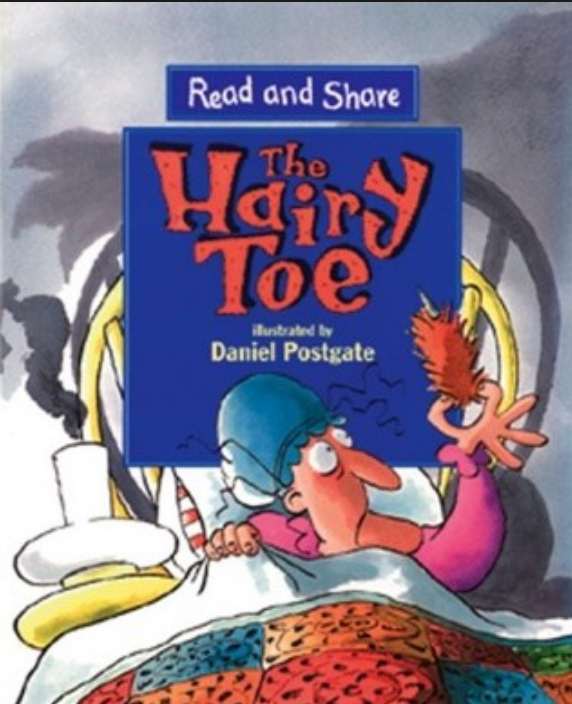
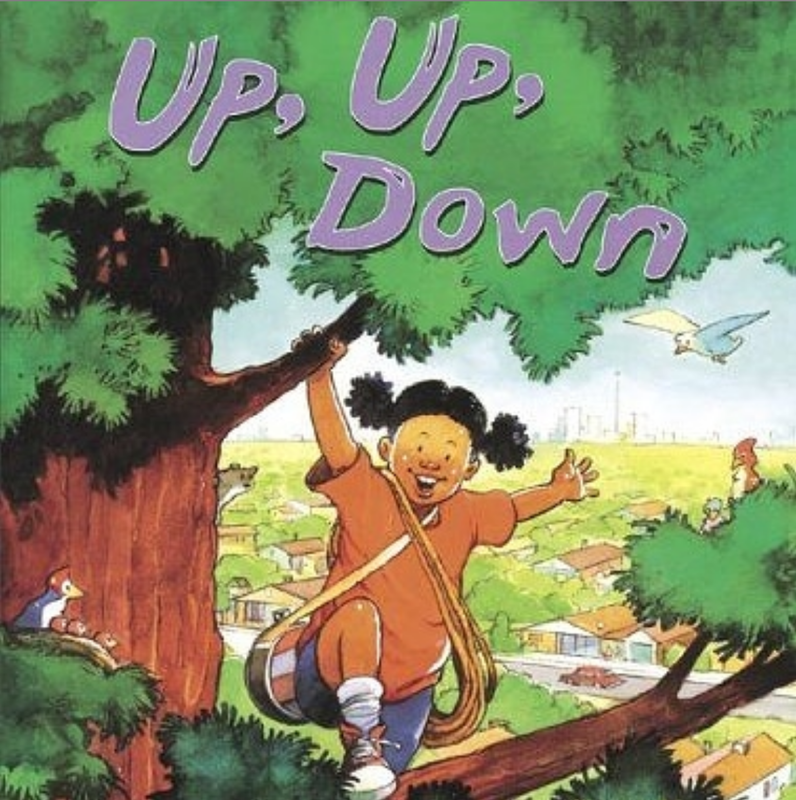
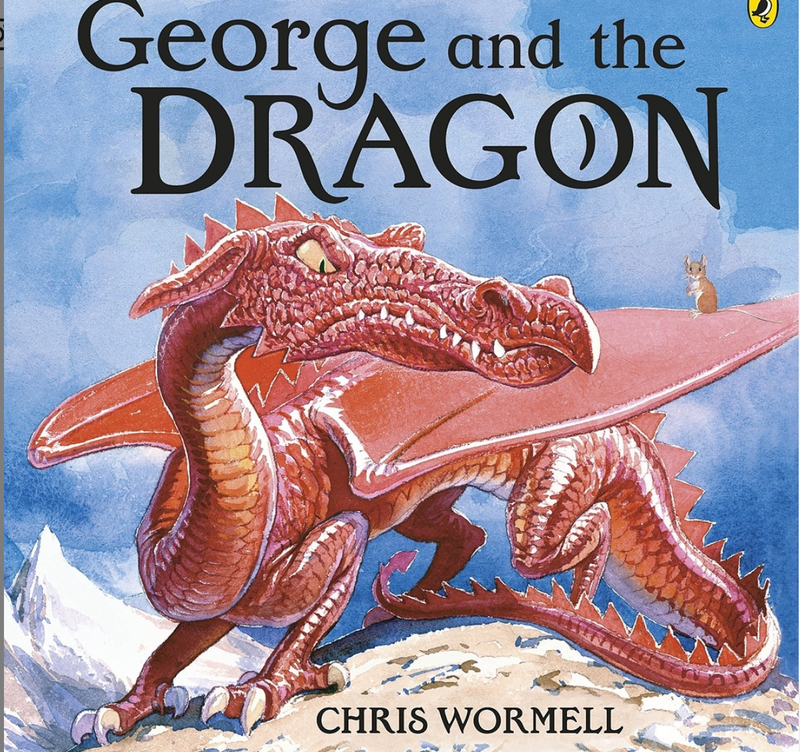
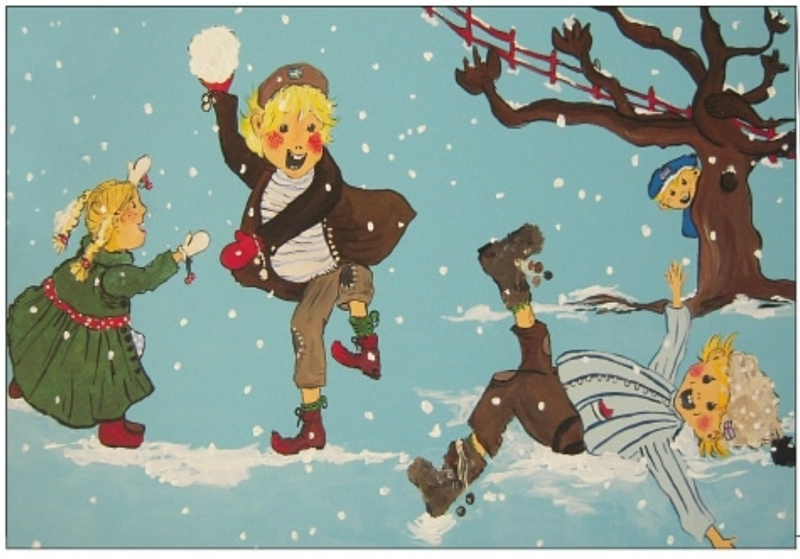


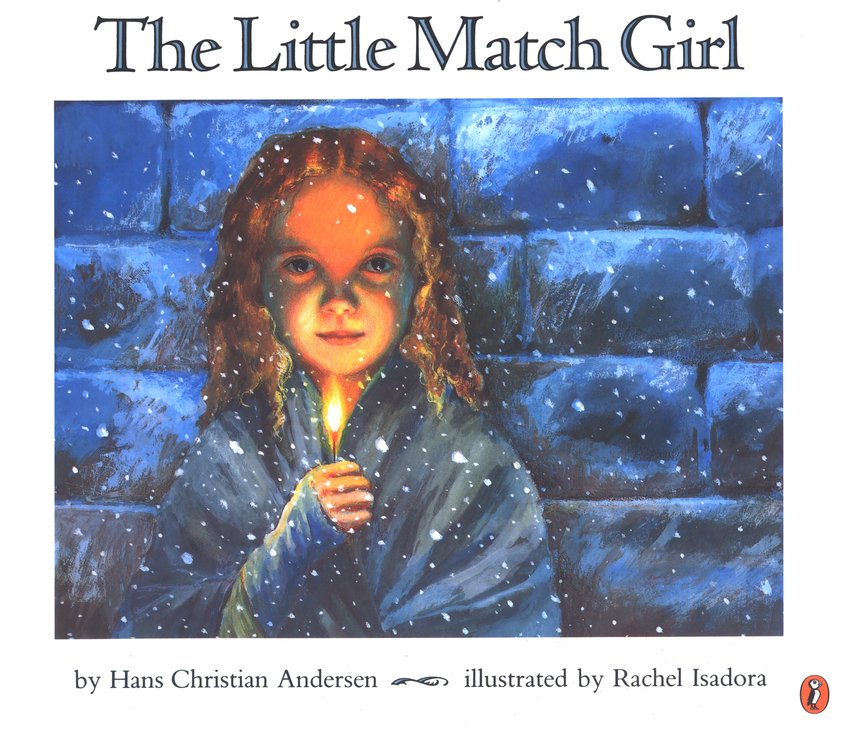
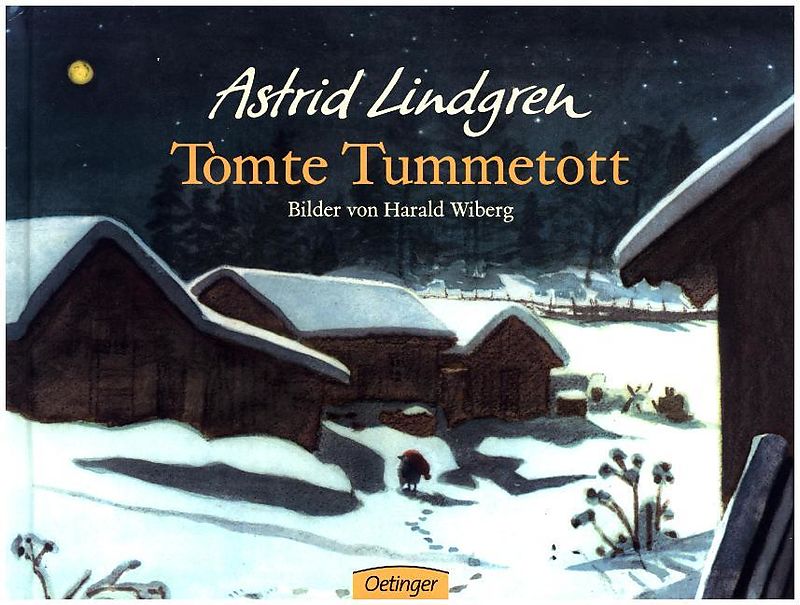
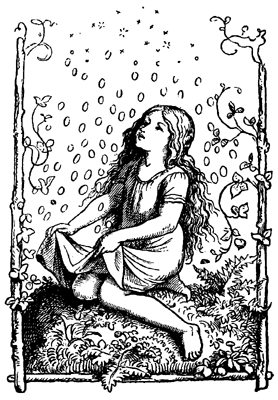
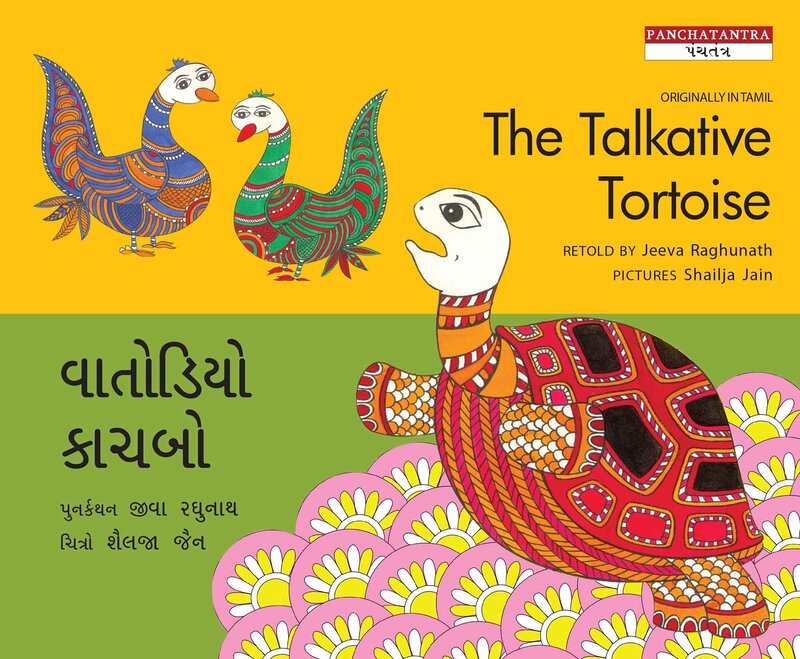
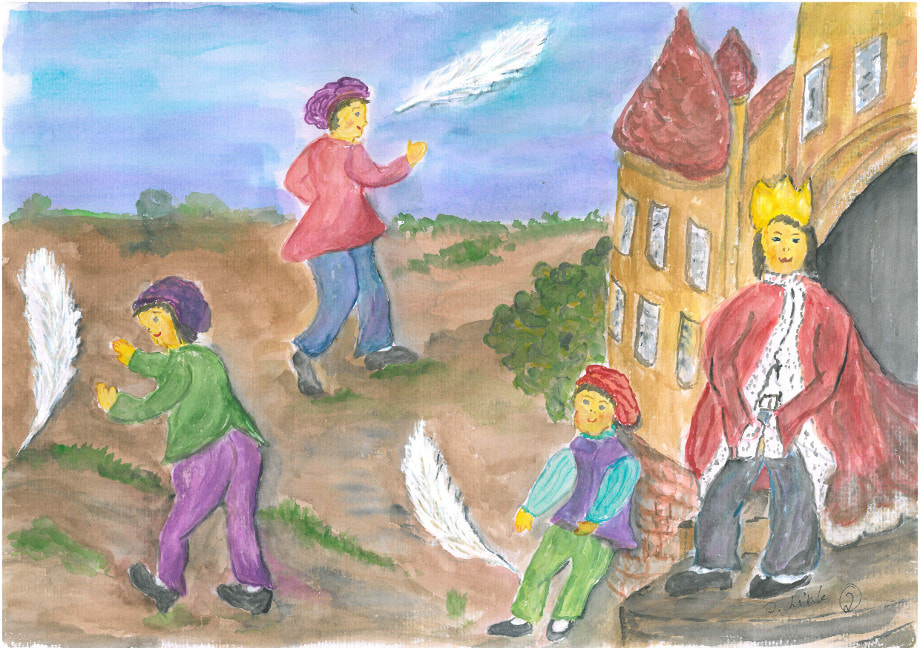

 RSS Feed
RSS Feed
